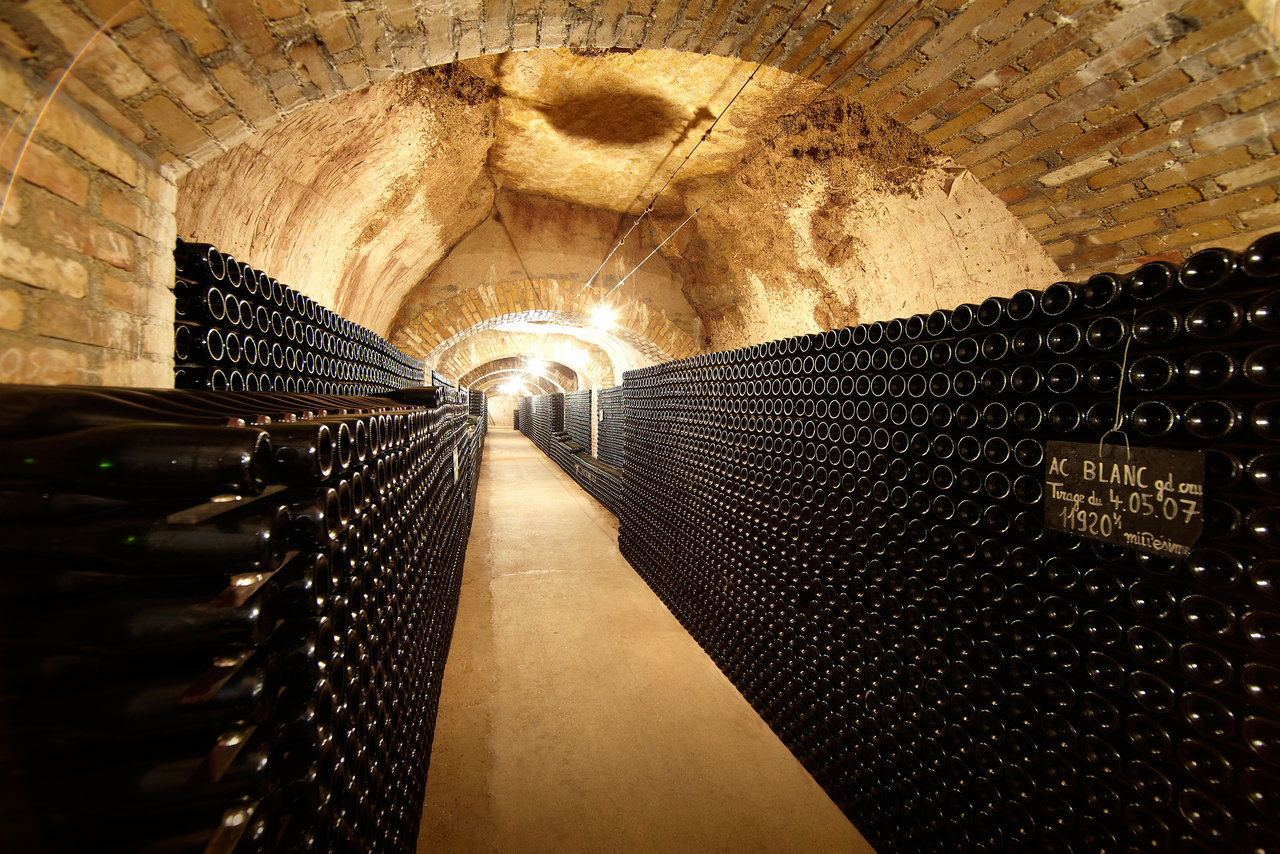
Forget what you’ve been taught about older Champagne losing its fizz! In reality, aged Champagne is often exquisite.
Many myths have evolved throughout the years regarding that wonderful elixir, Champagne (the real stuff, that is, from the Champagne region of France). One common and longstanding myth is that Champagne is best when it’s consumed shortly after you buy it, because “it doesn’t age well.”
This is pure myth perpetrated by the marketing people of the Champagne houses themselves, who assure you that their Champagne “is ready to drink when you buy it.” In fact, the assertion is better rewritten as “Champagne is seldom ready to drink when you buy it.” Oh, yes, you can drink it right away, but it will be considerably better with some ageing. Champagne gains wonderful secondary aromas and flavours with age, including those of honey, hazelnut and biscuit, and also acquires a toastiness and creaminess with maturity. True, Champagnes do lose some effervescence with age, but this is a small price to pay, considering what they gain.
The marketing people know that Champagne, unlike Bordeaux or Barolo, is usually an occasion-driven purchase. People buy it to celebrate something. Of course the marketers are going to tell us that it’s ready to drink. When wine drinkers discover that Champagne is not just the celebration drink, but also a great wine for food, they’ll have a reason to buy Champagne and hold onto it.
Despite the fact that Champagne needs attention when ageing, conditions are not so important compared to other wines like Bordeaux or Burgundy. Why? Carbon dioxide that protects the liquid: the pressure inside the bottle is around 6 bars (2,5 times higher than car tires) and this basically protects the wine from Oxygen coming in through the cork, month after month. All you need to do is to make sure that the Champagne doesn’t see light (natural or artificial), especially for white glass bottles and that temperature doesn’t go under 5 degrees or up to 22 degrees: no doubt you can find these conditions somewhere at home. In these conditions, Champagne wines could be stored for years.
Non-vintage Champagnes
Most Champagnes are non-vintage and are the standard blend of three permitted grape varieties—Pinot Noir, Pinot Meunier and Chardonnay. Non-vintage Champagnes are also a blend of several vintages and several wines, often from diverse villages throughout the region. These are the least expensive Champagnes. Even non-vintage Champagnes improve with two or three years of ageing—especially those from certain producers. You can compare non-vintage Champagnes to good, homemade soups and stews—they invariably improve after all the ingredients in the blend marry.
Blanc de Blancs Champagnes
Chardonnay is often maligned today because of the boring wines made from this variety. But when the Chardonnay grape is grown in the right places, such as Burgundy’s Côte d’Or, Chablis or Champagne, it is arguably the world’s greatest white variety. A great majority of the very best Champagnes are either at least 50% Chardonnay or 100% (Blanc de blancs).
